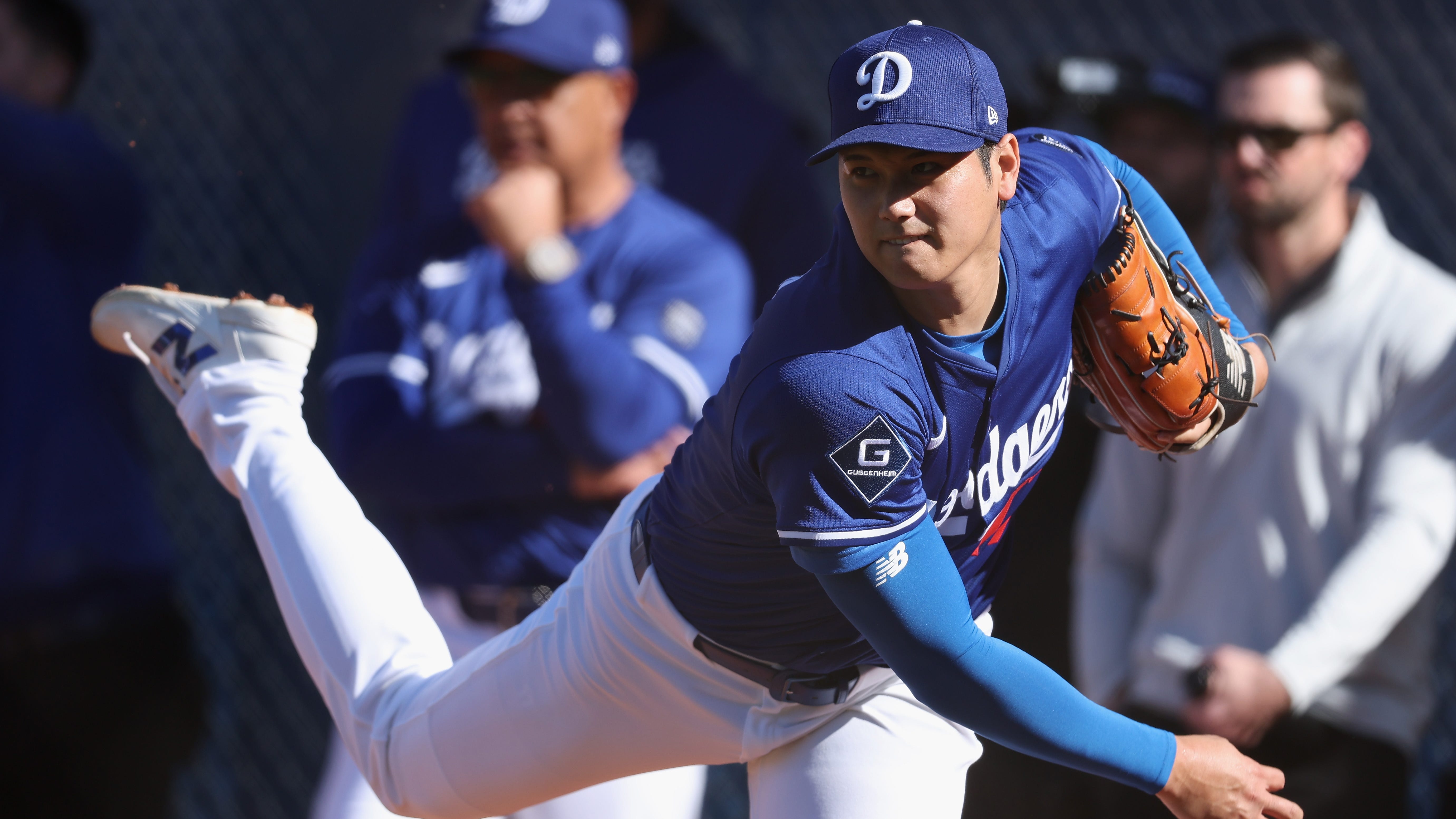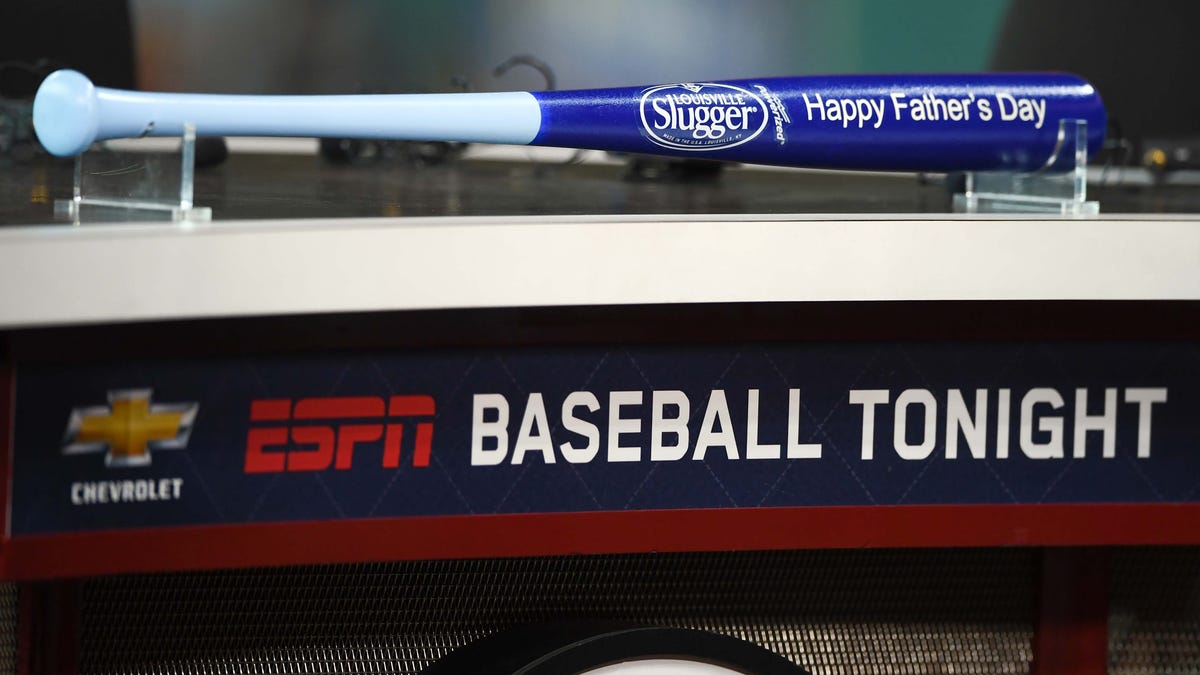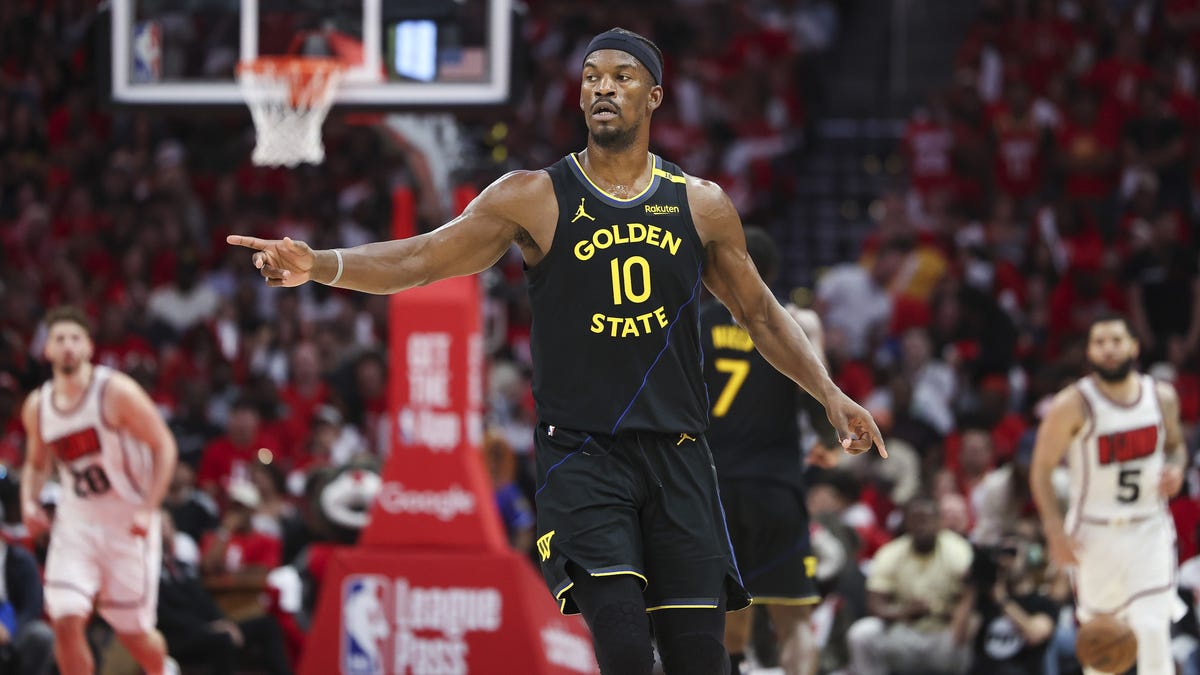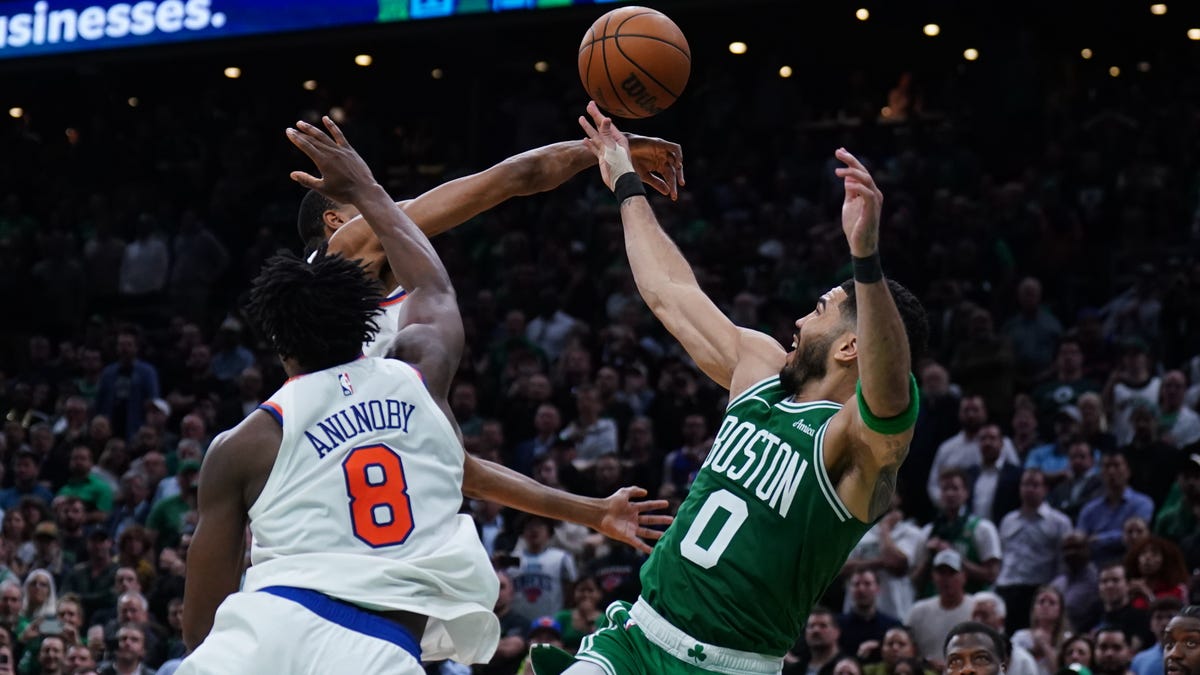Commissioner Rob Manfred got in some jabs about baseball’s relative scarcity across ESPN platforms

Johnny Damon says Dodgers will win World Series again in 2025
Johnny Damon explains why he thinks the Dodgers and Yankees are bound for a rematch, but why the former is an easy choice to win again.
Sports Seriously
Major League Baseball is not what it used to be. And neither is ESPN.
In this uncertain world, you’d think both parties might need each other. Instead, after 35 years, the league and the nominal Worldwide Leader In Sports are severing their relationship after the 2025 season.
And that’s a little sad.
It is a breakup that smacks of, “You can’t fire me – I quit!” Even as MLB faces significant uncertainty over how its product will be broadcast locally, nationally and streamed directly to the consumer, it was wise to say no thanks when ESPN suggested a significant cut in rights fees.
Certainly, it is all about the money, but commissioner Rob Manfred made sure to get in some jabs regarding baseball’s relative scarcity across ESPN platforms. At the same time, the only thing worse than getting marginalized by your rightsholder is divorcing them and disappearing altogether.
Just ask hockey fans how that worked out when ESPN moved on from the NHL, only to care again after a 17-year absence ended when they regained rights in 2021.
Yet MLB really has nothing to fear. Landing your highlights on SportsCenter’s A block isn’t the prime bit of real estate it once was, and there’s little point to grinding your teeth over NLCS highlights ripped from the marquee so Dan Orlovsky can break down a quarterback’s mechanics or Kirk Herbstreit can ruminate on mid-level Big Ten matchups.
In this era, the fan engagement baseball seeks is just as likely to come from an Instagram reel or a highlight clip from its own website.
With ESPN leaning into all things football and “polarizing” shout-fests in the morning and afternoon, there’s only so much to go around for the remaining inventory. And MLB doesn’t have to do the math to realize where it stands when ABC/ESPN is paying the NBA $2.6 billion per season for a regular season and playoff package that includes the Finals.
The network’s wall-to-wall coverage of MLB’s made-for-TV wild card round is strong, but that, too, feels like an about-face after such tepid coverage during the regular season’s six months.
It’s kind of pointless to “Remember when?” this thing, but it’s also impossible to avoid. The network once had Wednesday and Friday doubleheaders, an entrée to the sport’s marquee slot, Sunday Night Baseball.
And every day, Baseball Tonight dove deeply into scores and highlights and analysis, followed by SportsCenter, where, if you hadn’t gorged enough already, you could catch many more of those clips.
Nowadays, Baseball Tonight has taken the form of just a few minutes leading into Sunday Night Baseball. The difference is even physically palpable.
At baseball’s Winter Meetings, ESPN used to build out a set and ferry its analysts through to hold forth on the biggest or still-brewing transactions. Now it’s more like a single camera to trot out a reporter if breaking news merited it, even as MLB Network and even Canada’s TSN see fit to set up shop at the annual winter bazaar.
A loss truly becomes opportunity, though. MLB can shop its Sunday night and wild-card packages around, and with Turner stunningly locked out of the NBA, enhance their already robust partnership. (The network’s pre- and postgame baseball shows are, like their hoops counterpart, already excellent).
And this fracture is part of a much larger crisis for both parties. ESPN has been bleeding subscribers for more than a decade, aiming to stanch the bleeding by bundling with streaming partners and rolling out a direct-to-consumer model.
Meanwhile, the backbone of MLB’s lucrative financial structure, its local TV contracts, is withering right alongside ESPN.
If nothing else, the regional sports network collapse is forcing MLB to jump into the deep end of direct-to-consumer offerings, which is truly “meeting the viewers where they are,” yet at the cost of hundreds of millions of dollars in passive income from cable subscriptions. The industry’s financial disparities are exacerbated when a handful of massive-market teams either own and operate their own networks or are securely locked up in multi-year, multi-billion-dollar deals.
In recent years, MLB has taken its biggest strength – the massive inventory of games – and spread some of it around like chips at a roulette table: A game or two to Apple TV, a Sunday morning first pitch for Peacock or Roku.
The offerings serve to both generate revenue and throw broadcast windows at the wall and see what sticks. Yet it’s a bit disorienting for viewers, who find themselves toggling between linear and streaming, wondering if a ballgame is on Fox or FS1, Turner or Apple TV Plus or Roku or their area provider.
Yeah, it was a lot simpler when a widely available marquee game was locked into one slot for decades: 8 p.m. Eastern, 5 Pacific, the soothing tones of Jon Miller and Joe Morgan on a Sunday night.
That’s not to say ESPN and MLB won’t ever reunite. Heck, maybe by the end of this year both sides will have pondered life without the other and find a price point and inventory that’s mutually satisfactory.
But the partnership will never be the same, a fracture more the result of an extremely stratified broadcast and entertainment ecosystem rather than a few hundred million dollars disputed between old friends.
Both will continue navigating that wildly uncertain landscape in service of securing a viable future. It’s nothing personal, just business. But there will be collateral damage and for now, that will come in the form of the game’s most predictable broadcast slot.
The USA TODAY app gets you to the heart of the news — fast. Download for award-winning coverage, crosswords, audio storytelling, the eNewspaper and more.










